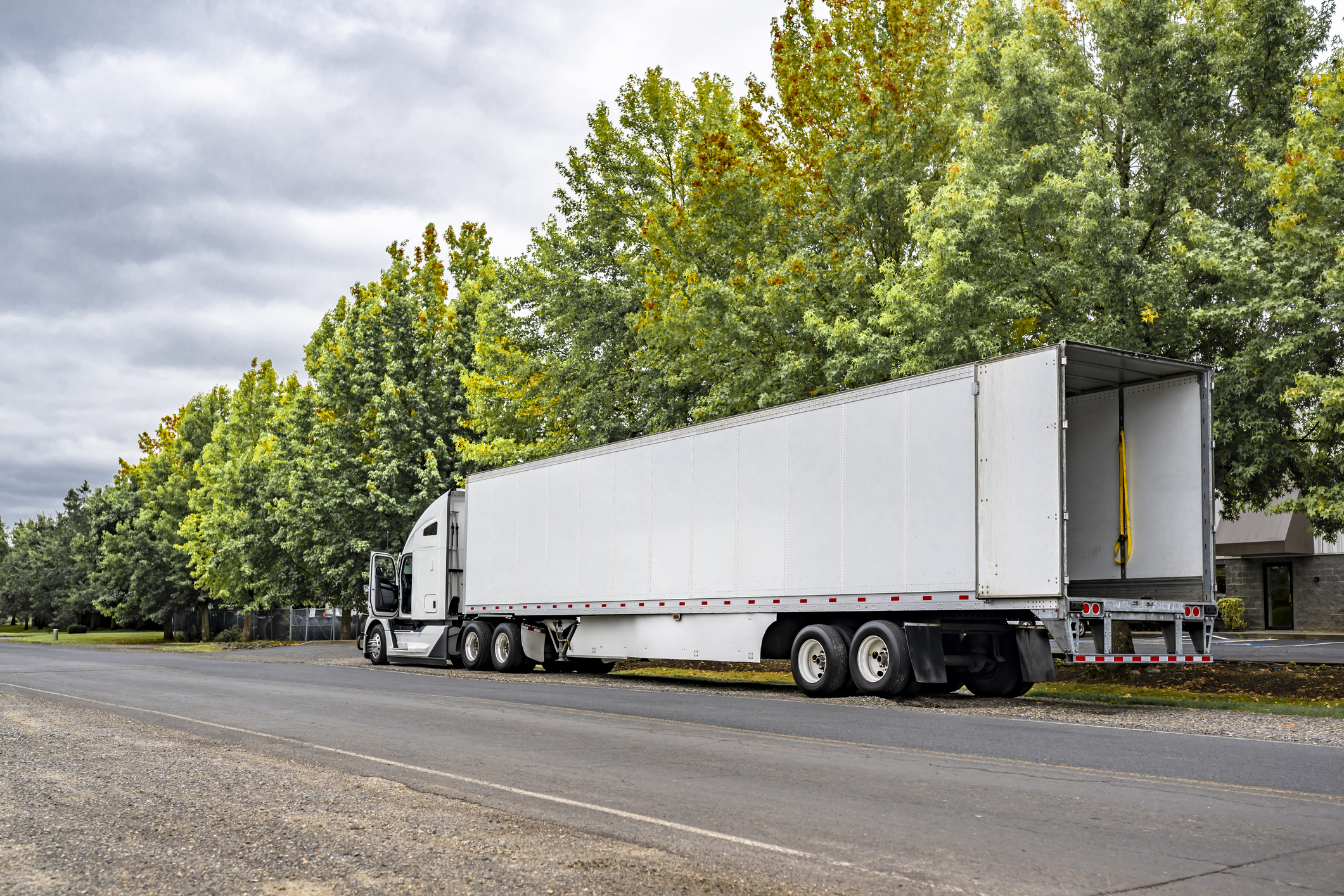WorkHound’s Guide to Taboo Feedback from Professional Drivers

High tensions, divisive opinions, charged sensitives — every company has them. But when conflicts pit employees against leadership, especially on topics like company policy, that’s a bigger issue. When you’re a manager and you’re busy, wading into a problem with no clear alternative can seem risky, especially when it’s easier to say “that’s just the way it is” without a clear response.
But in a competitive industry like trucking where workers are in short supply, the biggest risk is to ignore the problem, even when their feedback is about something as taboo as pay, speed, or in-cab recording devices.
The better move is to make a big change where it counts.
At WorkHound, we’ve built our business around soliciting driver feedback and taking action on it in real-time. We wanted to share some of the most common concerns our customers hear from their teams, along with recommendations for successful solutions.
Speed Limits vs. Drivers’ Limits
Capping driving speeds below the legal limit is standard practice for companies in the trucking industry. And for many drivers, it’s a standard headache — especially for those who are paid by the mile. Slowdowns on the road inevitably find their way to the driver’s wallet. Add federal drive-time restrictions to the mix, and the frustrations compound. To complicate the problem further, speed caps vary from company to company and some are more lenient than others. Drivers know that, but they don’t always know why.
How to Shift Course: At its core, the speed limit issue is about pay. The fact that speed caps vary from company to company can leave workers skeptical about who the speed caps actually serve. While limits on drive time and other federal regulations are outside your control, your compensation structure isn’t. Consider implementing a system that offsets losses drivers incur due to traffic jams and reduced speed limits, and remember to work with your employees to ensure the changes fairly honor their concerns.
Event Recorders: Good for Who?
Vocations like trucking have long been an oasis for workers who value independence on the job. So it’s not surprising then, that new technologies like event recorders are a common source of resentment among drivers. Thanks to these devices, companies can now monitor everything from truck speed to mechanical error, while also protecting their drivers, all in real time. For employers, electronic recorders are great safeguards against liability. But for drivers, they can feel invasive and adversarial. Allowing discontent over this issue to go unattended can endanger workers’ morale, which is why it’s important to engage drivers’ opinions early and often.
How to Shift Course: Start by rooting out your drivers’ perceptions and misperceptions about event recorders. Workers should know these devices are ultimately meant to protect their safety. They can help discourage practices that put drivers at risk, such as texting and driving or standing up to back in and out of loading zones, rather than trusting the rearview mirror. Electronic recorders can also shed light on common challenges drivers are encountering on the job. These insights inform training priorities and curriculum so workers are safer and better equipped to handle obstacles as they arise. And when accidents do occur, data collected on truck speeds and other variables can help shield drivers from blame and liability.
Pay Grievances: Kick Uncertainty to the Curb
This is a big one. In an industry where worker retention is an ongoing difficulty, the payment system your company employs is consequential. Here’s how chinks in some of the most common systems play out for your workers:
Practical Mileage or Hub Mileage: In practical mileage, drivers are dispatched to drive the most efficient distance between the origin and the destination, thus drivers are paid the dispatched distance rather than the actual distance. For hub mileage, drivers are paid the actual mileage on the truck, including all hours of service miles accrued including stops and reroutes. In either scenario, when a driver is dispatched for only one load a day and the distance is short, so is the pay. If these types of assignments become a pattern, financial planning can become pretty difficult for drivers.
Household Goods Mileage (HHG): HHG miles are calculated and paid out using the shortest distance between two zip codes. Restricting compensation to the distance between departure and destination zones does not account for the mileage traveled within them. And when those ZIP codes encompass large areas, the work-to-earnings ratio can be pretty unfavorable. Adding to that frustration are impractical policies that require workers to take the shortest route possible — even if it includes roads unsuitable for trucks or jammed with traffic.
Percentage Pay: Generally, the system of paying drivers a percentage of profits on individual load deliveries is considered fair and often favorable. But in certain scenarios, it has its drawbacks. When the value of loads drops or fluctuates too frequently, drivers can end up in a financial bind and persistent state of stress.
How to Shift Course: Try implementing the guaranteed compensation system. Each pay period, this model provides qualified drivers with a minimum baseline pay to offset any potential income irregularities that could jeopardize their financial stability. Companies can offer this option as an incentive to workers and potential hires who agree to meet eligibility requirements, such as availability.
To Move Ahead, Talk to Your Workers
Your workforce is the lifeblood of your company. If you want to keep your drivers committed, make them and their concerns a priority. The best way to start is by asking for their feedback.
WorkHound provides an easy-to-use feedback platform that gives employees a voice. If you’re ready to learn how using our tool could improve the feedback culture at your business or organization, talk with an expert today.
Let's Build Better Workplaces Together
Revolutionize your company culture and your worker retention rates by improving communication and engagement.
Book a Demo

